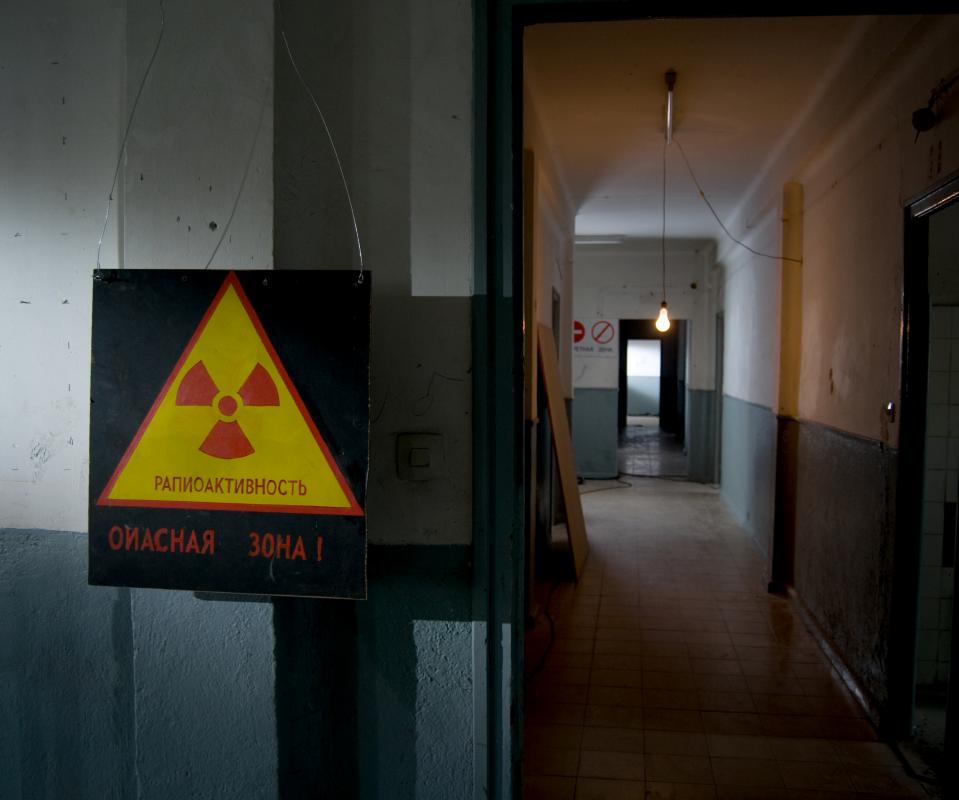At HomeQuestionsAnswered, we're committed to delivering accurate, trustworthy information. Our expert-authored content is rigorously fact-checked and sourced from credible authorities. Discover how we uphold the highest standards in providing you with reliable knowledge.
What are the Dangers of Radon in the Home?
Radon is a colorless, odorless, radioactive gas that forms when radium decays. Occurring as naturally as oxygen, radon is common, but harmful to your health and potentially deadly.
Radon is found all over the United States, but some areas have higher levels than others. Radon, like many other elements, occurs naturally, and harmlessly diffuses through outdoor air. But when radon comes into a home or building, the condensed, elevated levels can be harmful to the point of causing lung cancer.

A recent NAS (National Academy of Science) report stated that radon is one of the leading causes of lung cancer in the United States, second only to cigarette smoke. While lung cancer is the primary, potential health risk of radon exposure, it's not the only one. Other effects may include: gastrointestinal problems and stomach cancer. While some claim a connection, there currently is no scientific proof that radon exposure causes such things as fatigue, headaches, respiratory illnesses such as asthma, allergies and rashes.
Radon gas doesn't discriminate: it is equally dangerous to all people, regardless of weight, sex, race, or age. However, the very young, the elderly, and those with a weakened immune system are particularly at risk from the effects of radon.

Radon enters a home through various means: crawl spaces, brick walls, sump pumps, cellars, or any where that the flow of air is allowed to stagnate. Since humans cannot detect radon gas by sight or smell, and the effects are not immediate, it is important to have a home tested for radon. Inexpensive radon test kits are easy to find in discount stores, hardware stores, online merchants, home improvement stores, and even some county health departments.
Many homeowners try to thwart radon by sealing cracks in the foundation of the home or increasing ventilation. These may help somewhat, but there is no guarantee that radon will no longer pose a threat.
The best means of controlling radon levels in your home is to have a mitigation unit installed. A mitigation unit will simply remove radon by ventilating it out of the living areas.
AS FEATURED ON:
AS FEATURED ON:















Discussion Comments
@SkyWhisperer - Fortunately in the area where I live radon levels are quite low. We bought our house about a year ago and of course during the real estate transaction they let us know if there were any radon dangers and there were none. Nonetheless, I may go ahead and purchase a home testing kit.
I’ve been doing some work in the front yard and had to lay down some new grass sod. I have patches of open soil and I’ve read that this can be one of the avenues where radon can leak into your home.
Radon levels vary in different parts of the country. The Environmental Protection Agency has a radon map that will show concentrations of radon in the area where you live. You can see concentrations by state and even by zip code.
They use Zones 1,2,3 to give kind of a big picture overview of where radon levels are found in highest concentrations, with Zone 1 being the highest and Zone 3 being the lowest.
Does anyone know anything about an article in the Daily Mail some years ago about Radon effects from electricity pylons. More specifically in concern of a coal fired Power Station in Shropshire. I am looking for spine and knee problems and Rheumatoid Arthritis.
It is important to find out.
Post your comments